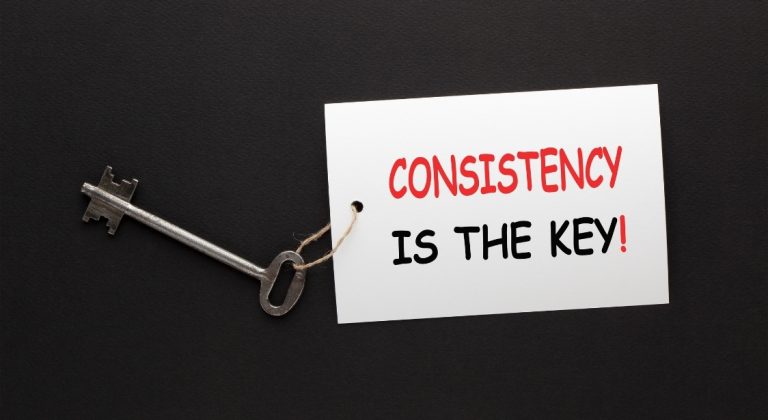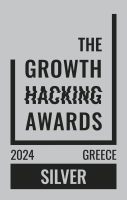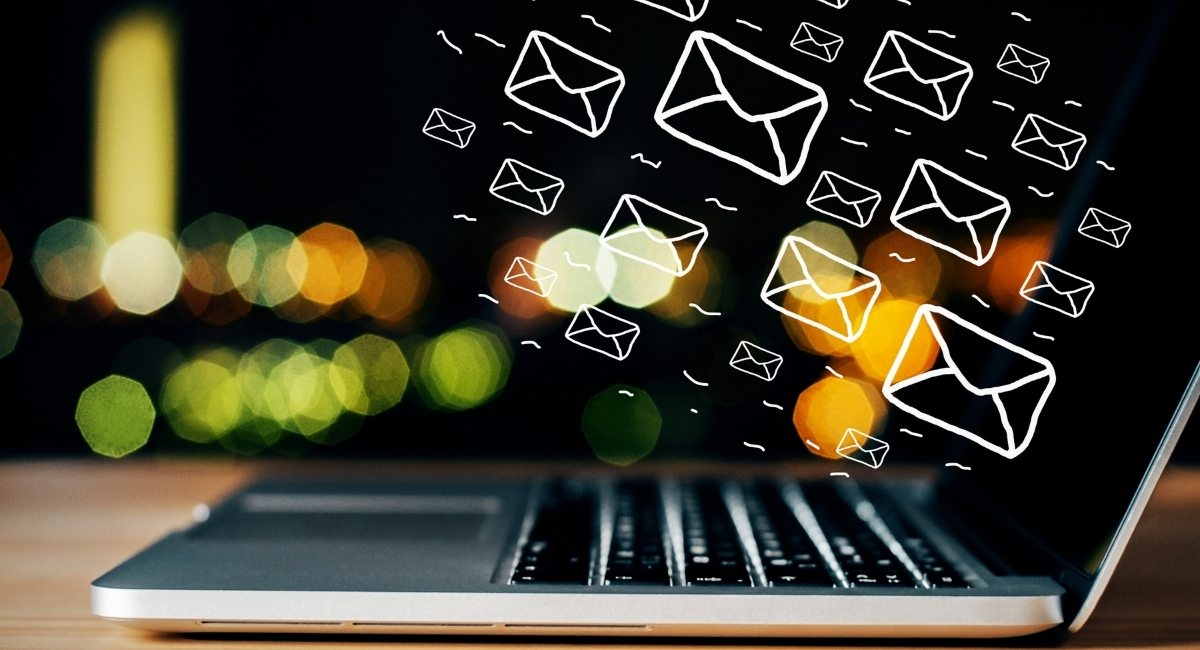
Email marketing that doesn’t go to spam
In 2025, email marketing remains one of the most effective communication and sales tools for any business. Despite the rise of social media and other channels, email is the most direct way to speak to your audience, send a personalized message, and build a trustworthy relationship.
However, many people face a common problem: Their emails end up in the spam folder, or the percentage of emails opened does not exceed 10%. This leads to low ROI, wasted time, and of course, frustration. So, the issue is not just sending an email; the issue is that our email reaches the right recipient, at the right time, and has content that is worth reading.
In the following guide, we’ll look at why your emails end up in spam, what the best practices are to avoid it, how to increase open rates, and how email marketing can really pay off. We’ll see together email marketing that doesn’t go to spam: Tips that work in 2025
Why do emails end up in spam?
This is one of the most critical issues in email marketing, as many times emails never reach the inbox. This is because email providers, such as Google and Microsoft, have extremely strict spam filters to protect their users. So, we all need email marketing that doesn’t go to spam.
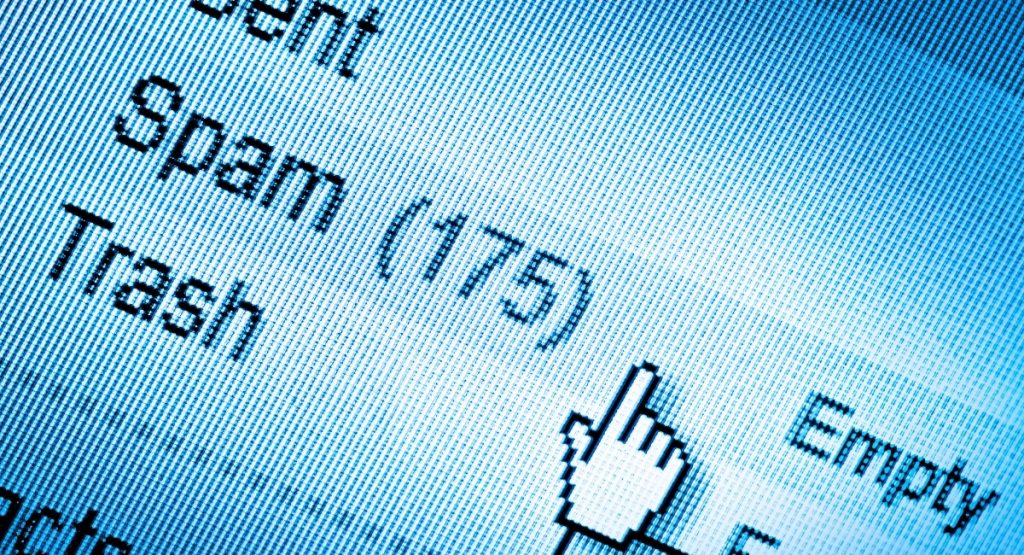
These filters combine dozens of parameters, and if an email looks suspicious, it is automatically sent to spam. Therefore, try to avoid the following:
Using misleading subject lines that promise something that the email doesn’t contain. A title that promises big discounts, gifts, or information that’s not present in the body of the email is considered clickbait. Thus, the email will be classified as spam, and even worse, recipients of such emails become frustrated and tend to unsubscribe or even worse, report. This seriously damages the sender’s reputation.
Excessive use of capital letters or punctuation. A subject line like “BUY NOW!!!!” not only indicates that the sender is probably a bit desperate, but it is also a “red flag” for spam filters. Excessive formatting indicates low-quality spam. Your titles should be clean, direct, and professional, without exaggeration.
Lack of proper authentication (SPF, DKIM, DMARC) on the sending domain. These three protocols act as digital seals of authenticity. If they are not configured, email providers cannot confirm the authenticity of the sender. As a result, your emails are blocked or end up in spam, even if their content is impeccable. So? You need email marketing that doesn’t go to spam.
Too many links or malicious links. Emails that have too many links are an advertising exaggeration that leads to untrustworthiness. Especially, if one of the links leads to a suspicious or unsafe website, the email is automatically classified as spam. Ideally, there should be 1-2 clear and useful call-to-action links, which direct the user exactly where they need to be.
Purchased email lists containing inactive emails or “spam traps”. Buying an email list is one of the most serious mistakes. These lists, very often, contain non-existent addresses, bots, or spam traps, which have been created to detect senders who do not follow the rules. As a result, you have low open rates, a sharp drop in sender reputation, and, of course, the risk of permanent ban.
Irregular sending, which makes the server consider the pattern suspicious. If you send emails once a semester and suddenly start bombarding with campaigns every week, providers will simply see suspicious activity. So, make sure to send your emails at a consistent pace, so that the servers and users “get used” to your activity.

Best practices for staying out of the spam folder
But what should you do to ensure successful email marketing? You need to combine technical organization with strategic communication. Starting with the technical settings, you should know that email providers rely on systems such as SPF, DKIM, and DMARC.
Thus, they check whether a message is from a legitimate source.
SPF (Sender Policy Framework) verifies whether the email was sent from an authorized server for your domain.
DKIM (DomainKeys Identified Mail) adds a digital signature that proves that the content has not been altered during transmission.
And DMARC (Domain-based Message Authentication, Reporting and Conformance) combines the two and offers even greater protection.
Without them, the chances of an email being classified as spam increase dramatically. So, we all need email marketing that doesn’t go to spam.
The second most critical point is to use a professional domain. Sending emails from free addresses, such as Yahoo, reduces your credibility. Use a corporate domain, enhancing your reputation and showing consistency in communication.
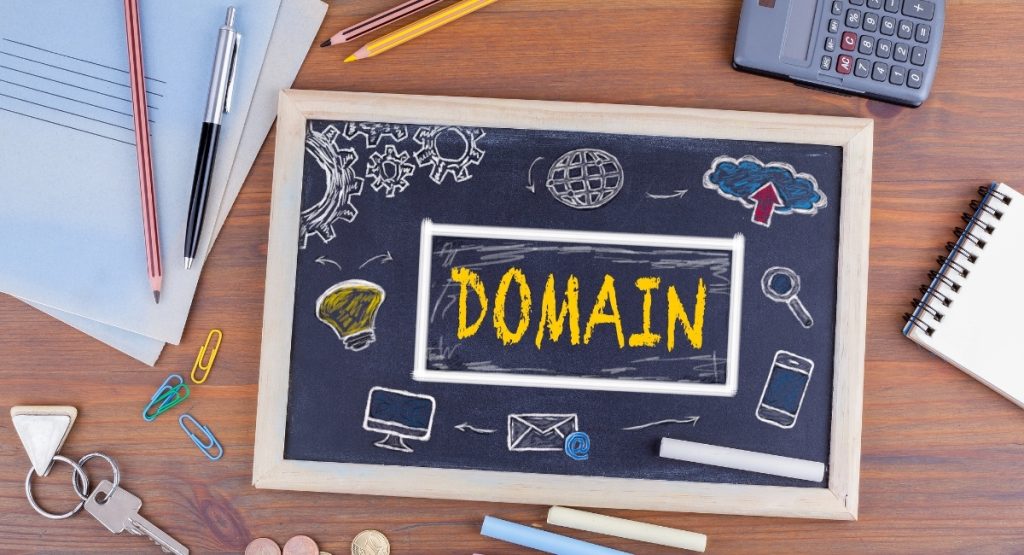
Other important parameters to pay attention to
Cleaning your email list is equally important. An email marketing list cannot remain static.
You should regularly remove inactive addresses, bounces, or recipients who have not interacted for months. This reduces the risk of being labeled as a spammer and increases engagement rates.
It’s also important to provide a way for someone to unsubscribe with a simple click.
It may seem counterproductive, but in reality, it helps to keep only those who are truly interested on your list. Spam filters check whether recipients can easily unsubscribe from your list and penalize brands that have this “click” hidden.
Don’t forget frequency.
Sending too many emails is an easy way to annoy users. The right balance depends on the industry and its audience, but in general terms, the rule of thumb is: quality over quantity.
Finally, don’t forget to track performance.
Email marketing tools give you access to metrics like delivery rates, spam complaints & reputation score. Continuous monitoring is what will make your campaigns successful.
How to increase open rates
Is it enough for an email to reach the inbox? Of course not. Even more important, it has to be opened. Open rates are an indication of whether your audience is really interested in what you are sending them. And that is how you learn if you have the right audience.
What you can do to increase open rates:
- Use subject lines that are attention-grabbing, without being misleading. Try A/B testing with different formats.
- Keep the preview text short and relevant to the topic. It’s your second chance to convince the recipient.
- Send emails at times when your audience is most likely to read them. Analytics will show you the pattern.
- Segment your list. Send different messages to different groups of customers to increase relevance.
- Keep your posting pace consistent. Your audience should expect you, not forget you.
So, the more targeted your message, the higher your open rates will be. And as we approach 2026, remember that targeted quality and personalization are the best communication strategies.
Personalization and engagement
Do you know what email marketing doesn’t end up in spam? The one that treats the recipient as a separate entity. And this personalization is not enough with a “Hello, Mary”. Personalization is the ability to send your offers where they fit, depending on the history of your recipients. Therefore, the content should be related to their preferences.
Studies show that personalized emails have a 6x higher transaction rate. So, you won’t need to put the recipient’s name everywhere because you’ll have learned to use the data that the tools give you.
In conclusion
It’s not impossible to keep your emails from ending up in spam.
If you have the right strategy, technical preparation, and user orientation, then you can not only reach the inbox but also have the attention of your audience.
So, instead of chasing the perfect design, focus on the quality of the list, the transparency of communication, and the consistency of the message. Because, as we have already emphasized, the secret is not the many emails. The secret to having successful email marketing and making recipients want to open your messages is to send the right message, to the right people, at the right time.


